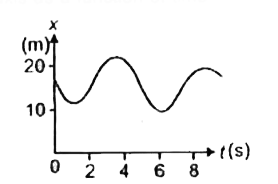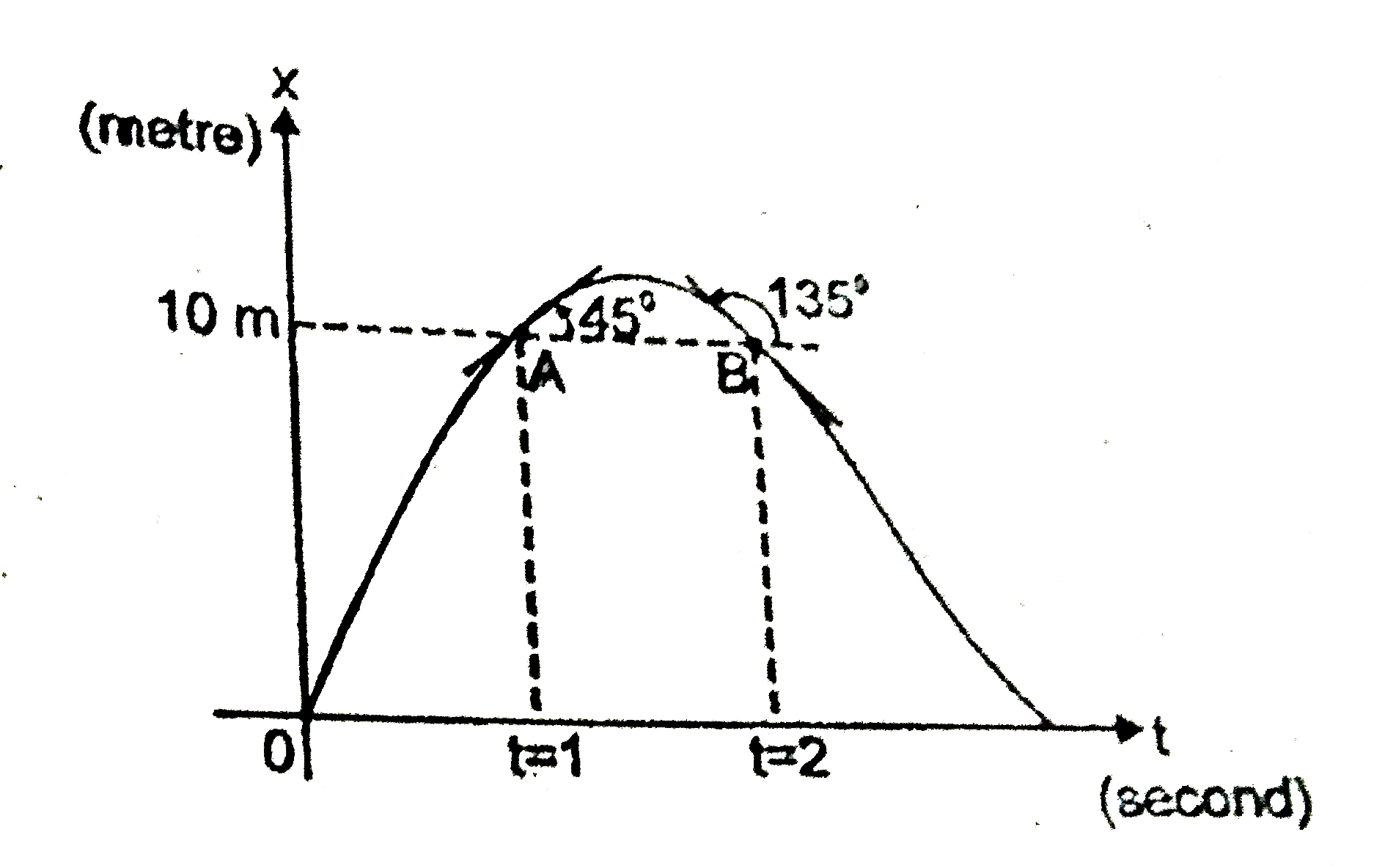Figure (a) shows an arrangement of three charged particles separted by distance d. Particles A and C are fixed on the x-axis, but particle B can be moved along a circle centered on particle A. During the movement, a radial line between A and B makes an angle θ relative to the positive direction of the x-axis (Fig. b). The curves in Fig. c give, for two situations, the magnitude Fnet of the net electrostatic force on particle A due to the other particles. That net force if given as a function of angle θ and as a multiple of a basic amount F0. For example on curve 1, at θ=180∘ we see that Fnet=2F0. (a) For the situation corresponding to curve 1, what is the ratio of the charge of particle C to that of particle B (including sign)? (b) For the situation corresponding to curve 2, what is that ratio?

The correct Answer is:(a) −4 (b) 16
Topper's Solved these Questions
- COULOMB LAW AND ELECTRIC FIELDBOOK - CENGAGE PHYSICSCHAPTER - COULOMB LAW AND ELECTRIC FIELDEXERCISE - Single Correct Answer Type
24 Videos
- COULOMB LAW AND ELECTRIC FIELDBOOK - CENGAGE PHYSICSCHAPTER - COULOMB LAW AND ELECTRIC FIELDEXERCISE - Multiple Correct Answer Type
1 Videos
- COULOMB LAW AND ELECTRIC FIELDBOOK - CENGAGE PHYSICSCHAPTER - COULOMB LAW AND ELECTRIC FIELDEXERCISE - Comprehension Type
2 Videos
- COMMUNICATION SYSTEMBOOK - CENGAGE PHYSICSCHAPTER - COMMUNICATION SYSTEMEXERCISE - QUESTION BANK
19 Videos
- Current ElectricityBOOK - CENGAGE PHYSICSCHAPTER - Current ElectricityEXERCISE - QUESTION BANK
40 Videos
Similar Questions
Knowledge Check
A charged particle is fired at an angle θ to a uniform magnetic field directed along the x-axis. During its motionalong a helical path, the particle will
Anever move parallel to the x-axisBmove parallel to the x-axis once during every rotation for all velues of θCmove parallel to the x-axis at least once during every rotation if θ=45∘Dnever move perpendicular to the x-directionFigure shows the position of a particle moving on the X-axis as a function of time.
 AThe particle has come to rest 6 timesBThe maximum speed is at t=6 s.CThe velocity remains positive for t=0 to t=6s.DThe average velocity for the total period shown is negative
AThe particle has come to rest 6 timesBThe maximum speed is at t=6 s.CThe velocity remains positive for t=0 to t=6s.DThe average velocity for the total period shown is negativeFigure shows the position of a particle moving on the x - axis as a function of time
 AThe particle has come to rest 4 timesBThe velocity at t = 8 s is negativeCThe velocity remains positive for t = 2 s to t = 6 sDThe particle moves with constant velocity.
AThe particle has come to rest 4 timesBThe velocity at t = 8 s is negativeCThe velocity remains positive for t = 2 s to t = 6 sDThe particle moves with constant velocity.
Two particles A and B start from the origin along x-axis. Velocity time graph of both particles are shown in the figure. During the given time interval, the maximum separation between the particles is

View SolutionTwo particles A and B start from the origin along x-axis. Velocity time graph of both particles are shown in the figure. During the given time interval, the maximum separation between the particles is

View SolutionA charged particle is fired at an angle θ to a uniform magnetic field directed along the x−axis. During its motion along a helical path, if the pitch of the helical path is equal to the maximum distance of the particle from the x− axis
View SolutionParticle A moves along X-axis with a uniform velocity of magnitude 10 m/s. Particle B moves with uniform velocity 20 m/s along a direction making an angle of 60° with the positive direction of X-axis as shown in the figure. The relative velocity of B with respect to that A is

View SolutionDisplacement-time curve of a particle moving along a straight line is shown. Tangents at A and B makes angle 45∘ and 135∘ with positive x-axis respectively. The average acceleration of the particle during t=1,t=2 seconds is

View Solution
